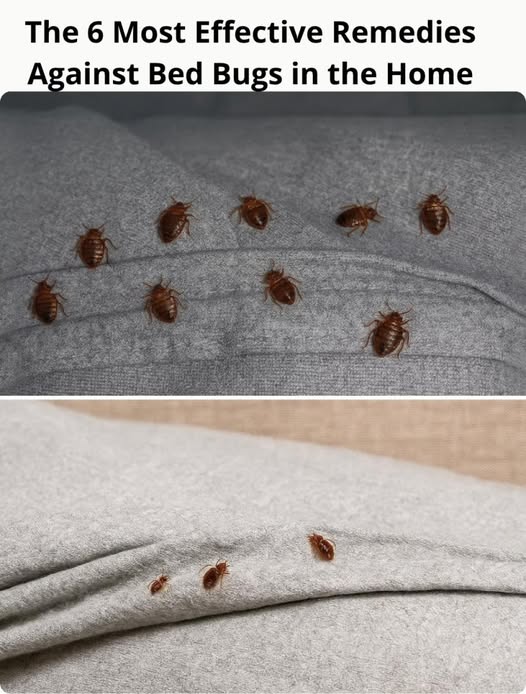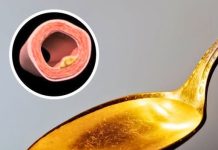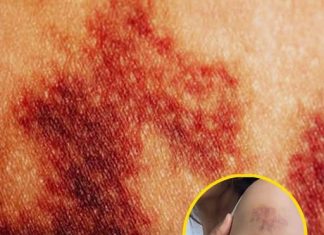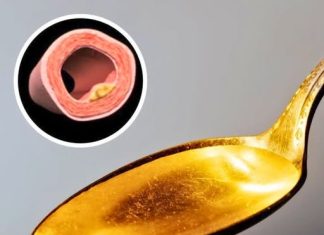Bed bugs are small, parasitic insects that feed on human blood, often causing discomfort and distress in the home. Their bites can lead to itching, skin irritation, and even allergic reactions in some people. Because they hide well in mattresses, furniture, and cracks, eradicating them can be challenging. Fortunately, there are several effective home remedies that can help control and eliminate bed bugs without resorting immediately to harsh chemicals.
1. Heat Treatment: Use Hot Water and High Temperatures
One of the most effective ways to kill bed bugs is through heat. Washing infested bedding, curtains, and clothing in hot water above 60°C (140°F) can destroy both the bugs and their eggs. After washing, drying these items on the highest heat setting further ensures eradication. Additionally, exposing infested items or rooms to temperatures above 50°C (122°F) for several hours can also be lethal to bed bugs. Portable heat chambers or professional heat treatments can be used for larger-scale infestations.
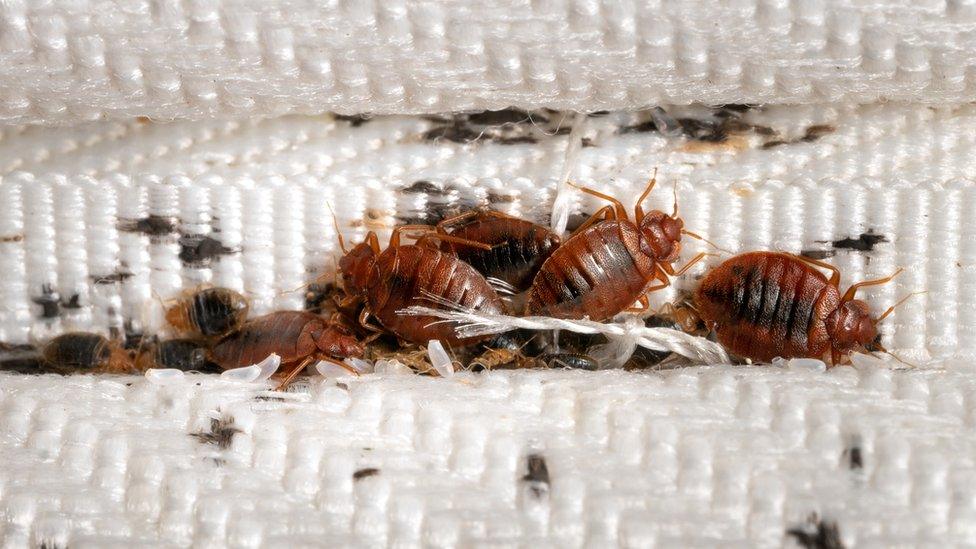
2. Cold Treatment: Freezing to Kill Bed Bugs
If heat treatment is not feasible, freezing items can be an alternative. Bed bugs can be killed by placing infested clothing, bedding, or small items into a freezer at -18°C (0°F) or lower for at least four days. This method is useful for delicate items that cannot withstand washing or heat. It’s important to seal items in plastic bags before freezing to prevent moisture damage.
3. Diatomaceous Earth: Natural Insecticide Powder
Diatomaceous earth is a natural powder made from fossilized algae. It works by dehydrating bed bugs when they come into contact with it. Sprinkling food-grade diatomaceous earth around beds, mattress seams, cracks, and baseboards can reduce bed bug populations over time. This powder is non-toxic to humans and pets but should be applied carefully to avoid inhalation. Regular reapplication is needed to maintain its effectiveness.
4. Essential Oils: Natural Repellents and Killers
Certain essential oils have been shown to repel or kill bed bugs. Oils like tea tree, lavender, eucalyptus, peppermint, and neem can be diluted with water and sprayed around the home. These oils interfere with the bugs’ nervous system and act as repellents. While not as immediately lethal as chemical pesticides, essential oils can be a helpful part of an integrated pest management strategy.
5. Vacuuming and Cleaning: Removing Bugs and Eggs
Regular vacuuming of mattresses, floors, upholstery, and cracks can physically remove bed bugs and their eggs. After vacuuming, it’s essential to immediately dispose of the vacuum bag or contents in a sealed plastic bag outside the home to prevent reinfestation. Steam cleaning upholstery and mattress seams can also kill bugs on contact and is particularly useful for soft furnishings.
6. Mattress and Furniture Encasements: Trapping Bed Bugs
Encasing mattresses and box springs in specially designed bed bug-proof covers traps any existing bugs inside, preventing them from feeding and eventually starving them. These encasements also make it easier to spot new infestations. Using these covers, along with regular monitoring, is an effective preventive measure, especially after treatment.

Final Tips for Successful Bed Bug Control
Combining several of these remedies often yields the best results. Consistency and patience are crucial, as bed bug elimination can take weeks or months. Monitoring for new bites and signs of activity can help assess whether treatments are working. If infestations persist despite home remedies, consulting professional pest control services may be necessary.
Conclusion
Bed bugs can be a frustrating and persistent problem, but several natural and practical remedies can effectively combat them at home. Heat and cold treatments, diatomaceous earth, essential oils, vacuuming, and protective mattress encasements each offer benefits in managing and eliminating bed bugs. By employing these methods diligently and combining approaches, homeowners can protect their living spaces and sleep soundly without harmful chemicals.

